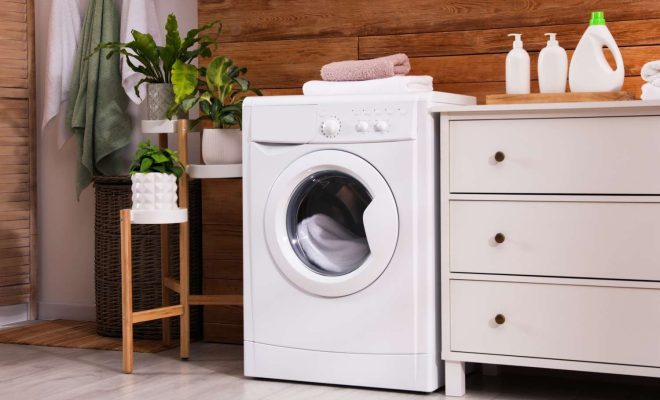How to Make Quicklime: 10 Steps

Quicklime, also known as calcium oxide (CaO), is an essential component in many industrial and construction applications. Though it is a common product, making quicklime requires careful handling due to its caustic nature. In this article, we will outline the 10 steps necessary for making quicklime.
1. Gather materials: To make quicklime, you will need limestone (calcium carbonate) and a kiln or furnace to heat it at high temperatures.
2. Crush the limestone: Using a crusher or hammer, break the limestone into smaller pieces. This will help the heating process be more efficient and reduce the required energy.
3. Place limestone into the kiln: Carefully load the broken limestone into the kiln or furnace, taking care not to overload it.
4. Preheat the kiln: Before introducing heat, allow the kiln to reach an ambient temperature by preheating it for a few minutes.
5. Raise the temperature: Slowly increase the temperature inside the kiln to approximately 900°C-1100°C (1652°F-2012°F). Monitoring the temperature during this stage is crucial to ensure that it remains consistent throughout.
6. Maintain heat level: Keep the heat level steady at this high temperature for several hours. This will cause the limestone to undergo a chemical reaction known as calcination, where carbon dioxide (CO2) is released and quicklime is formed.
7. Cool down: Once calcination is complete, turn off the heat source and allow both quicklime and equipment to cool down gradually. Quick cooling may cause fractures in equipment or result in poorly made quicklime.
8. Remove quicklime: Once everything has cooled down to a safe temperature, remove your newly made quicklime from the kiln using proper protective gear like gloves and goggles.
9. Store quicklime safely: Due to its caustic nature, quicklime must be stored in a secure and enclosed container. Make sure the area is well-ventilated, out of reach from children and pets, and away from moisture as quicklime reacts with water and can generate extreme heat.
10. Use or seal: Quicklime should be used immediately, or sealed properly for future use. When handling quicklime, always wear protective gear like gloves and goggles to prevent burns from its caustic properties.
In conclusion, making quicklime requires careful handling and adherence to safety precautions due to its caustic nature. By following these 10 steps, you can successfully create quicklime for various industrial and construction uses.

